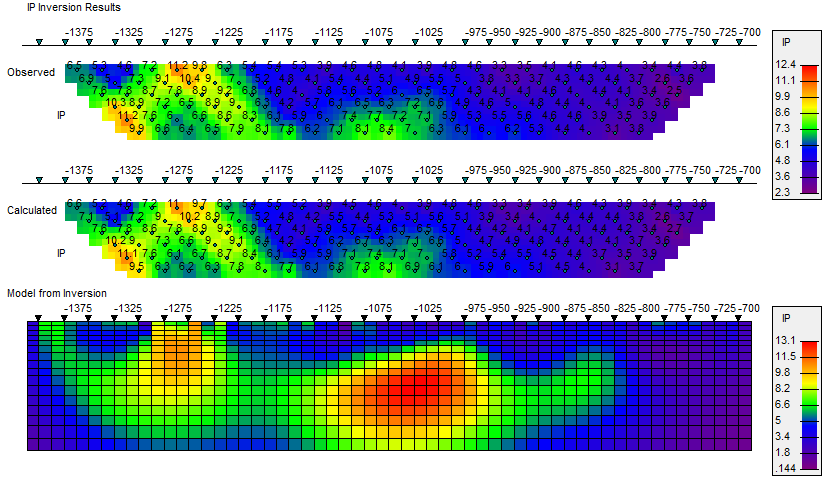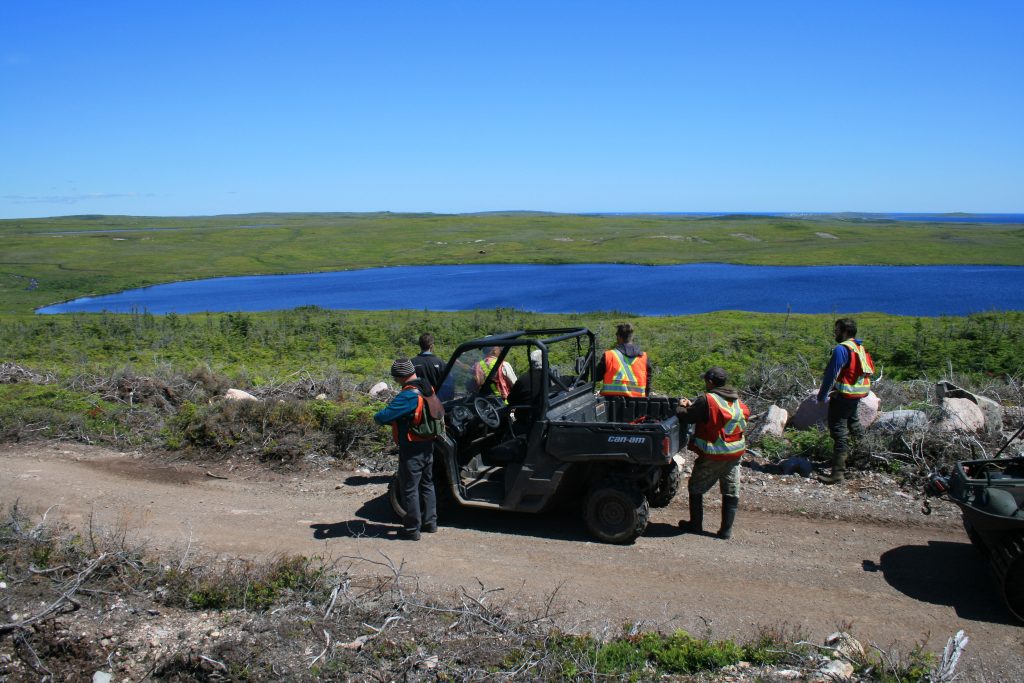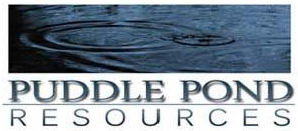- BY TiVaHostAdmin
- POSTED IN Heritage Gold and Silver Project, News
- WITH 0 COMMENTS
- PERMALINK
- STANDARD POST TYPE
A recently completed Induced Polarization (IP), geophysical survey has delivered the positive results which Newfoundland-based, junior resource company Puddle Pond Resources Inc. was seeking for on its gold – silver Heritage Project situated on the Burin Peninsula, southern Newfoundland. This new target of gold – silver mineralization (discovered in late 2010) covered by the project area, 23 km long by up to 15 km wide, is quickly emerging as a highly prospective exploration property that is attracting the attention of nationally and internationally based gold-producing companies.

IP surveying is a proven method for detecting and mapping out the style of epithermal mineralization occurring on the Heritage property, and was selected to test the responses over the new drill discovery at the Eagle Zone Prospect situated within the large (4.5 km x 2 km) Point May Epithermal System (PMES), and to also test the responses over other mineralized prospects throughout the PMES (ref Press Release May 29,2014). The company is pleased to report the survey has successfully recorded anomalous results over the Eagle Zone, where high grade gold assays in drill core range up to bonanza grades of 34.29 g/t (1.12 oz /t) gold and 574 g/t (18.46 oz/t) silver, and has also recorded similar responses over other mineralized prospects.
The highly positive results are detailed in an independent modeling and interpretation report just received from consulting firm GeophysicsOne. This report concludes “the IP survey data and resulting models successfully outlined five zones of anomalous (electrical) chargeability and one zone correlates with known mineralization in the Eagle Zone area”, and “several of the IP zones identified appear to represent highly attractive drill targets.” The report recommends ‘that sections (showing the IP results along the surveyed lines) be used for detailed definition of any drill holes.”
The coincident anomalous chargeability and drill tested mineralization at the Eagle Zone confirms that the IP survey successfully detected the mineralization and that similar responses elsewhere throughout the PMES have potential to outline other areas of high grade gold and silver mineralization. The GeophysicsOne Report also models two distinct zones of anomalous responses in the area of the Eagle Zone, whereas the drilling to date has successfully intersected only one zone, thereby implying the Eagle Zone mineralization may be more extensive than drilled to date.
Further evidence of the Eagle Zone being larger is the detection of an anomalous zone 500 metres south of the Eagle Zone which GeophysicsOne states “presents a possible extension of Zone A” (one of the two anomalies at the Eagle Zone ), and “this too presents a high-priority target”. This interpreted south extension fits the drill results from the December, 2013 drilling at Eagle Zone where the last hole drilled and testing the south end of the 500 metre long drill-tested zone intersected the thickest and highest grade interval implying that there was potential for the zone extending south, with improvements in both thickness and grade. This IP anomaly 500 metres south of the Eagle Zone suggests there is this potential and the possibility of at least doubling the length of the Eagle Zone.

Puddle Pond’s Chief Operating Officer and President Vic French. P. Geo. notes the correlation between the IP and Eagle Zone mineralization, and the indication that the zone is much longer, together with the detection of up to 800 metre-long zones of anomalous responses at four other areas are very positive exploration results. IP is an excellent pre-drilling exploration tool for this style of mineralization and these results define multiple drill targets.
Mr. French further advises re the overall potential at the Heritage Project that the recently completed IP survey was only carried out over approximately one – third of the area covered by the 4.5 x 2 km Point May Epithermal System, throughout which there is widespread gold and silver mineralization remaining to be tested by geophysical methods and drilling, both of which have proven to be successful to date.
The information in this release was compiled by Vic French, P. Geo who is a qualified person under NI 43-101 guidelines


